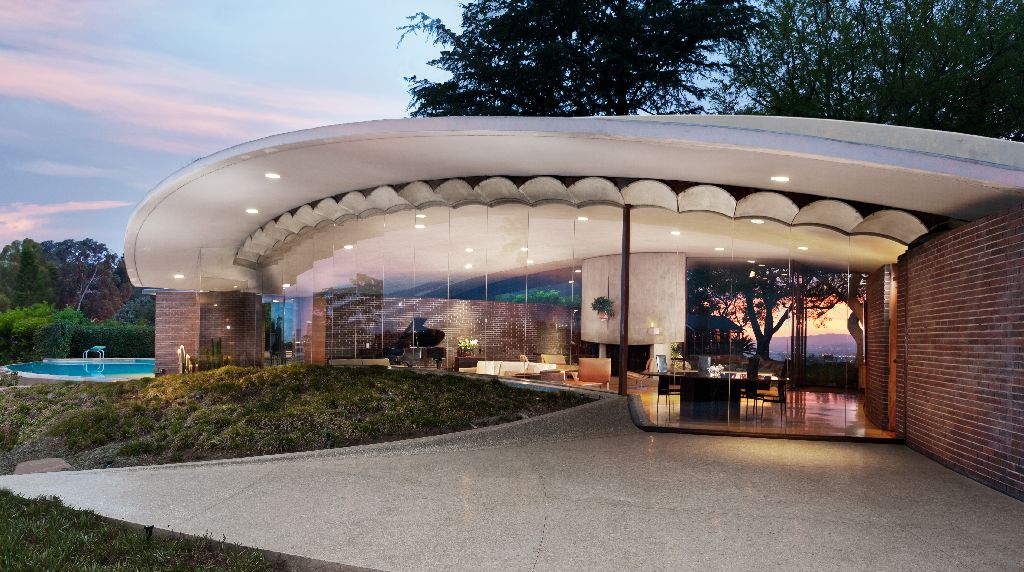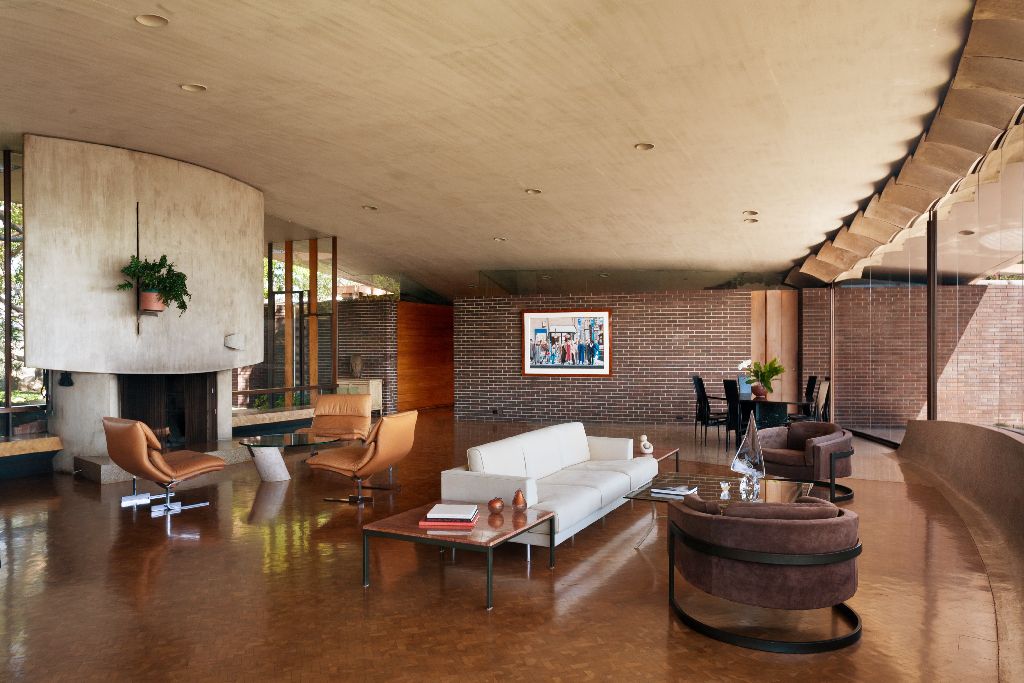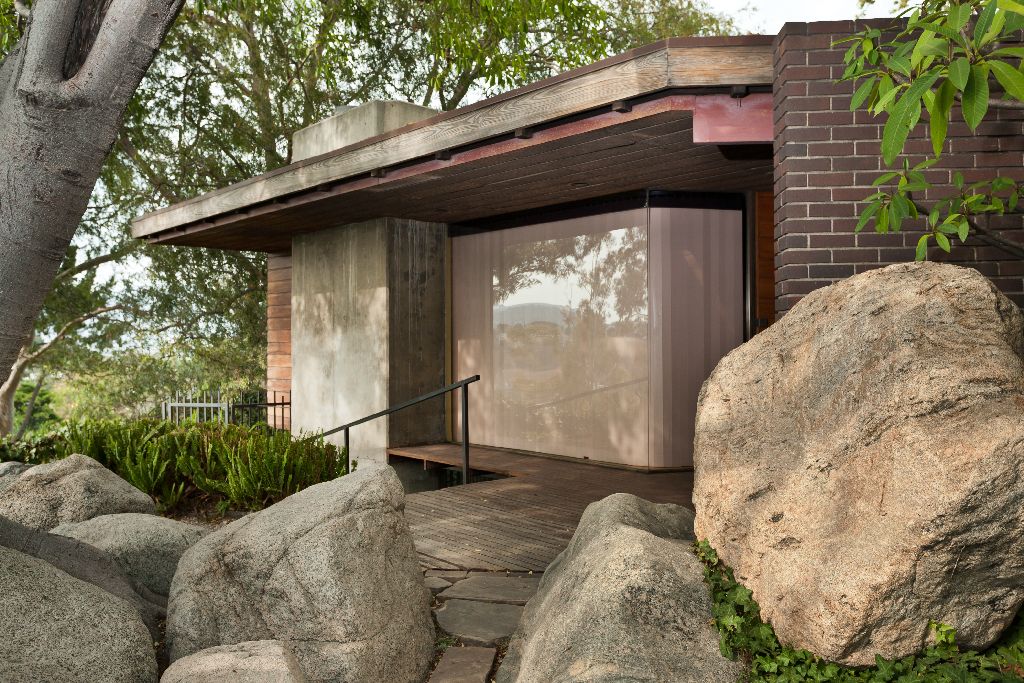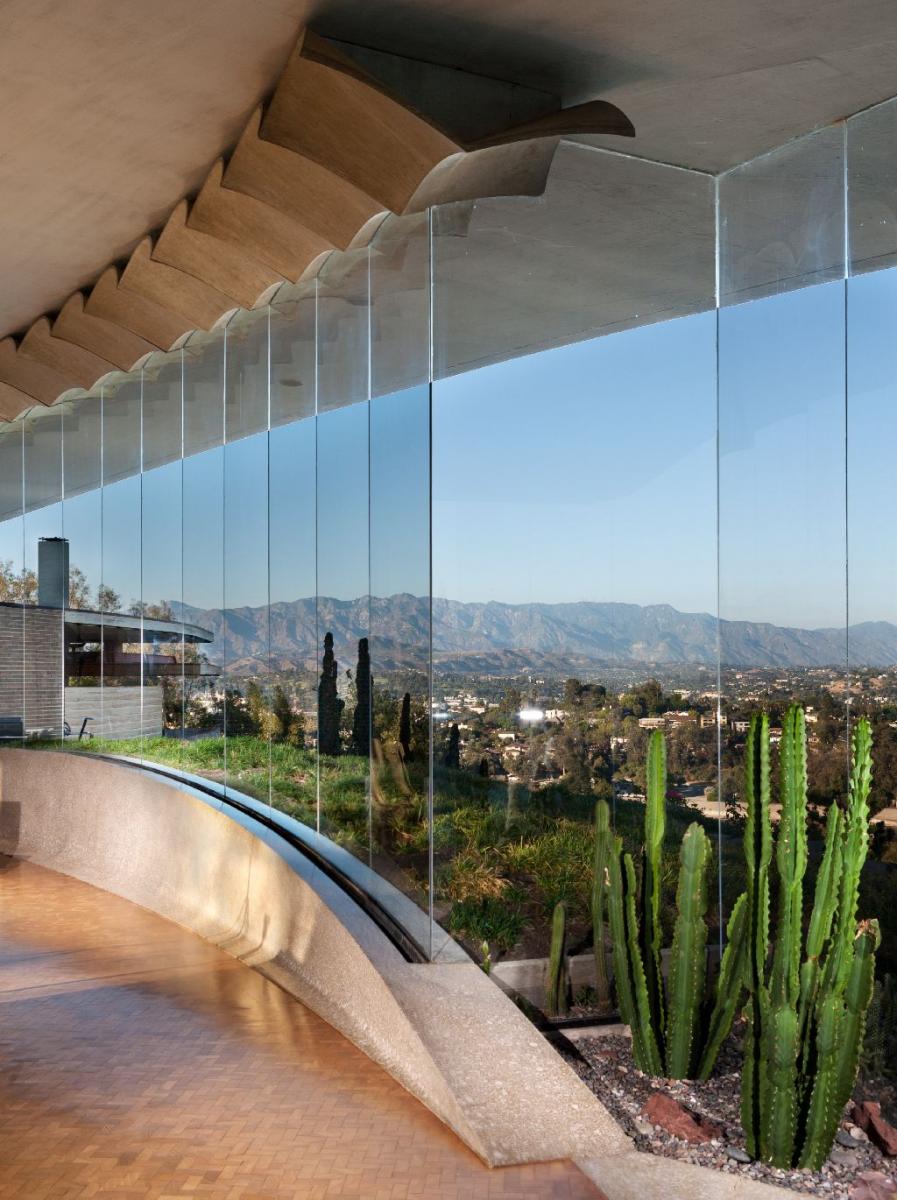
For Sale: A Legendary Lautner House
 |
|
|
One of the more spectacular homes by “one of architecture’s greatest visionaries” can be yours for $7.5 million. Or you can dream from afar or hope for an open house.
Lautner (1911-1994), who won the above plaudit from Ann Philbin, director of the Hammer Museum in Los Angeles, created Silvertop in 1956 in Los Angeles, incorporating a pair of reinforced concrete truss roofs. The New York Times has called the house “an adventure in poured concrete.”
The man who commissioned it, a “dream client” in the words of historian Alan Hess, went bankrupt after a lawsuit and never lived there. Lautner completed the house for the current owners, who have listed it with Crosby Doe of Crosby Doe Associates, a man known for his involvement with modern architecture of note.
In his remarkable oral history, Lautner discussed the genesis of the house. He worked with the client, Kenneth Reiner, a mechanical engineer and inventor, to make Silvertop a “research house” into new high tech materials and devices. These included electrically controlled skylights.
 |
|
|
The goal, Lautner said, was “to get an ideal solution,” producing a house that would require no maintenance and would last 1,000 years.
Although Lautner has been criticized for creating immense, sybaritic residences for wealthy individuals, his many admirers see a deep spiritual side to his homes , which include the famous, flying saucer like “Chemosphere” in the Hollywood Hills.
He also designed many smaller, woodsy and rustic homes, often incorporating such natural materials as stone and often built on oddly shaped, inconvenient sites.
Silvertop shows many of Lautner’s signature characteristics, his mix of theatricality and livability, the high tech and the cave-like, his unusual and often amusing way of opening windows and shading windows, his structural bravado, the clear influence of Frank Lloyd Wright, and of course his curves.
“I love lakes and mountains,” he once said, “and none of them are square.”
 |
|
|
 |
|
|
- ‹ previous
- 260 of 677
- next ›



